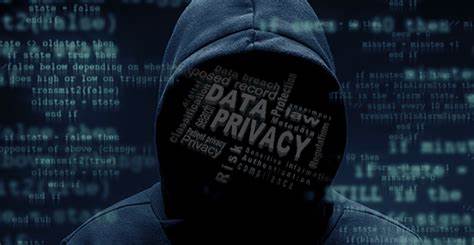Would you like to see a nifty example of the way in which the world of mathematics can have unexpected ramifications on the world?
You may be aware of the role that the special numbers e=2.718… , pi=3.14… , and the golden ratio Phi=1.618… , have in our world. It turns out that the prime numbers – numbers that cannot be divided or reduced into small numbers – also have a special property: they are ideally suited for helping craft a secure banking system.
You see – the security systems that allow you to securely use the ATM, or online banking, and allow you to send information securely over public networks – use a form of cryptography, or coding, that is based in the prime numbers.
Amazingly, most of the algorithms – in other words, methods – for encoding your information are based in a 300-year-old discovery about the prime numbers, Fermat’s Little Theorem.
The French mathematician Fermat discovered a relatively simple property about the way prime numbers behave when they are multiplied together, and was able to explain why this simple property is true. At the time though, his discovery had no obvious application – it was simply an interesting fact about the prime numbers.
Then, in the mid 20th century, a team of cryptographers – people whose job is to help encode information – found a way to use Fermat’s Little Theorem, this discovery about prime numbers – to safely and securely send information. They used Fermat’s Little Theorem as part of a “recipe” for encoding numbers, the RSA Algorithm.
Without going into too much detail, what happens when a system uses the RSA Algorithm or a similar algorithm – say, when you access the ATM: the ATM stores your debit card information and PIN number as an actual number – a string of 0’s and 1’s. It then encodes this number using a “key” that only the ATM, and the bank, know.
Then the ATM sends the debit card information to the bank using this “key” – and if a spy, or criminal, or eavesdropper, observes the message – it is encoded. In order to decode the message, they would have to know the “key”, and in order to determine the key, they would have to factor a number that is several hundred digits in length. This is very difficult, nearly impossible, even for the fastest and most advanced computers, so your information is safe.
What’s remarkable about this is – it’s all based in the 300-year-old discovery of the mathematician Fermat. At the time, Fermat had no clue that what he discovered would eventually hold the key for keeping information secure in the 21st century.
This is one of the many remarkable properties of the world of mathematics – it has many unexpected links with the physical universe, many unexpected applications that are sometimes not apparent for even centuries.













